WHAT IS IWAGUMI AQUATIC STYLE?
The iwagumi style is one of the beautiful aquatic layouts loved by many players. The term Iwagumi is very popular in the aquatic world. It is used to refer to a traditional Japanese style layout that uses stone as the sole layout material. A characteristic feature of this style is that the stones are arranged according to the “golden ratio” or the rule of 1/3. The iwagumi layout brings a sense of mystique and the ability to attract even the most demanding people. But what exactly is Iwagumi? Let's explore the article below with Ken.
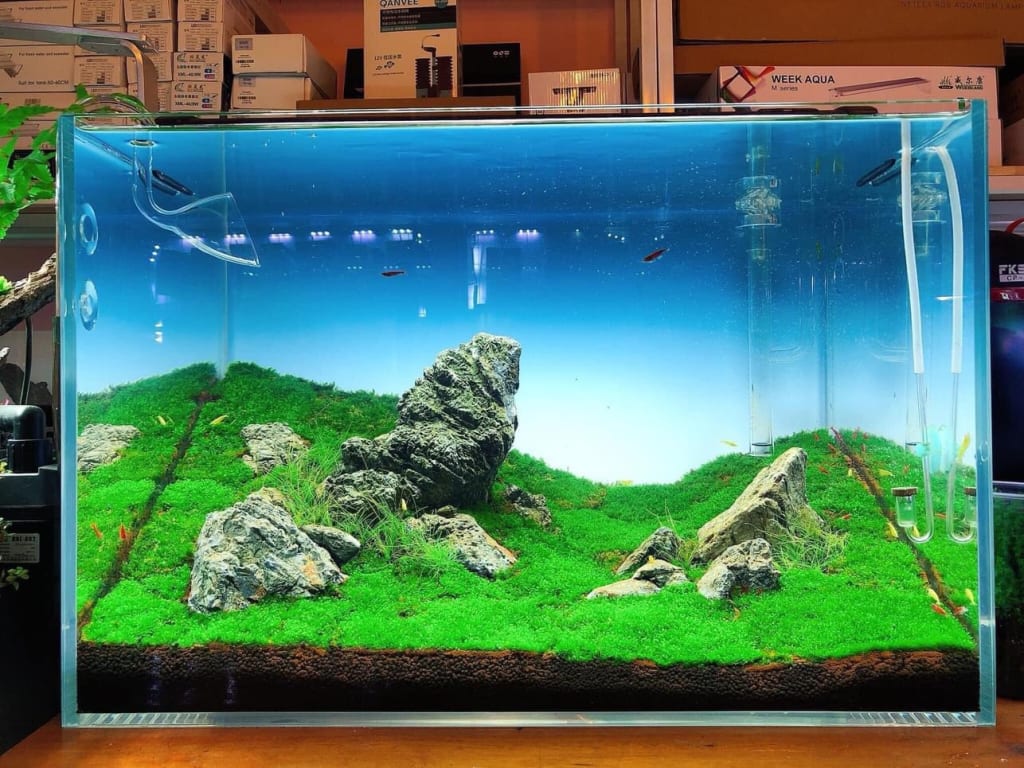
1. History of Iwagumi style
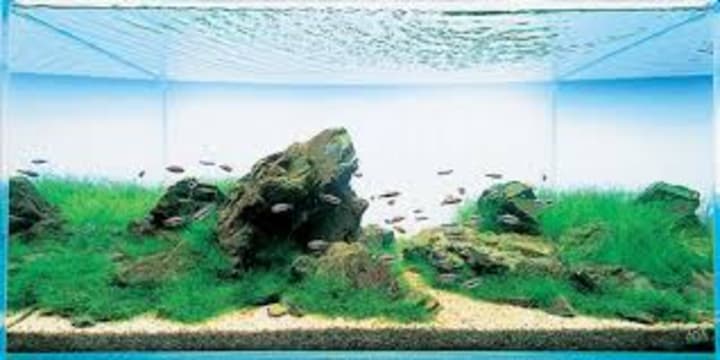
Takashi Amano is considered the founder and pioneer of this style in the field of aquatics. He became extremely famous and known worldwide. It is worth noting that he first used Iwagumi stone in a natural aquarium in 1985. To create his composition, he used several types of river stones and incorporated red grass plantings. The layout he set up was extremely creative and achieved amazing success.
Since then, he has created many different arrangements of Iwagumi stones. It is worth mentioning that since the birth of the first work in this style and up to the present time, the appeal and charm of this style in the world aquaculture industry has been growing more and more.
2. Main ingredients of Iwagumi
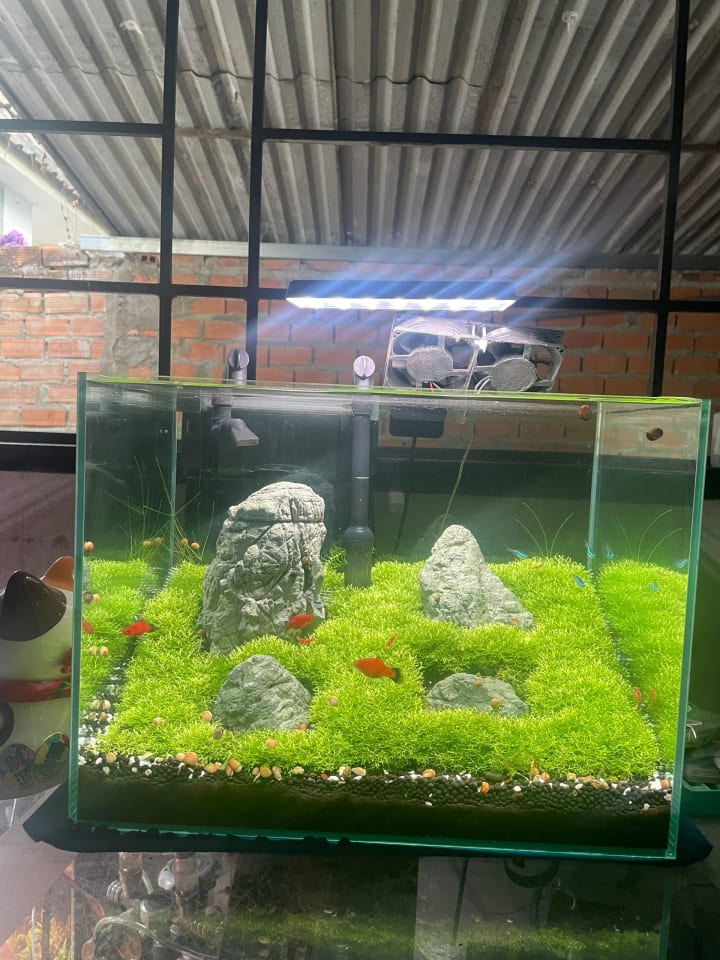
“Iwagumi” in Japanese means “Stone Formation,” which in turn refers to the architecture, stone formations and placement that determine the characteristics of the design. Essentially, the stones in the Iwagumi layout act as the structure of the entire design.
Traditionally, there are three stones in the Iwagumi layout. However, aquarists have the freedom to build their own designs based on their preferences.
3. Odd numbers are key
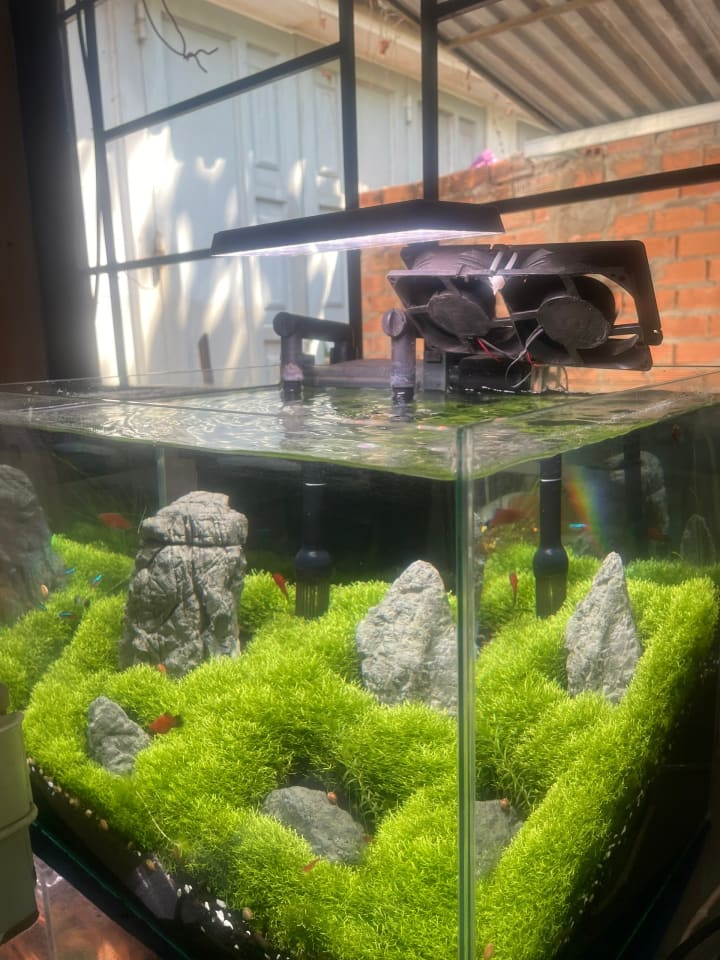
In Iwagumi style, the main requirement is to use an odd number of stones. Using an odd number of stones will prevent the human eye from seeing the design split down the middle and create an unnatural symmetry. Creating symmetry and balance in a natural setting is uncommon and is often evidence of human involvement.
In addition to stone architecture, the Iwagumi style also uses fish and plants, but to a minimal extent as aquarists should strive to balance all aspects of the design to reflect tranquility. simple.
4. Basic layout of Iwagumi aquatic style
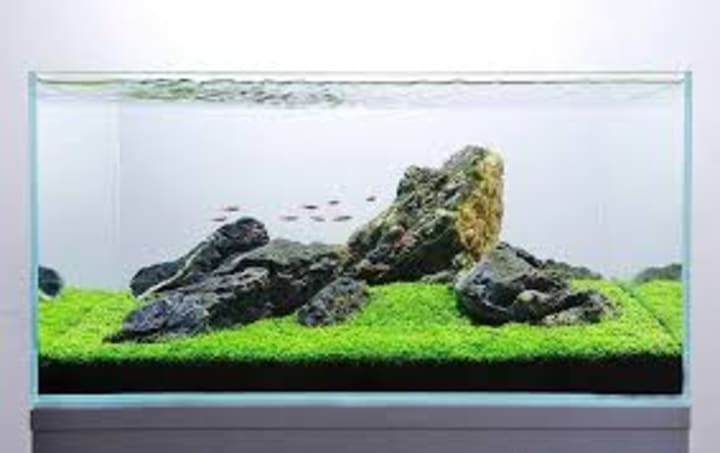
In Iwagumi style, each stone in the composition has a name and specific role in the overall aquatic composition. Although aquarists may use multiple strings of odd-numbered stones, the role of each stone should be similar to the following:
Oyaishi: This is the largest, most aesthetic stone in the entire design. Oyaishi should always be used as the center of your Iwagumi aquascape. As the main focal point of the composition, Oyaishi is often angled against the water to imitate a natural river stone.
Fukuishi: As in Futatsu (二つ) or 2, Fukuishi is the second largest stone in your aquascape and should resemble Oyaishi in color, gradient and tone. Traditionally, it is placed to the left or right of the Oyaishi. Fukuishi should play a balancing role for Oyaishi.
Soeishi: The third largest stone, its main purpose is to highlight the beauty of the main stones.
Suteishi: Plant life or other flora often covers the smallest stone in an aquascape, the Suteishi, also known as the “sacrificial stone.” Although Suteishi never stands alone as the main focal piece of the aquarium, it still plays an important role in balancing the rest of the design.
5. Recommended fish types with Iwagumi layout
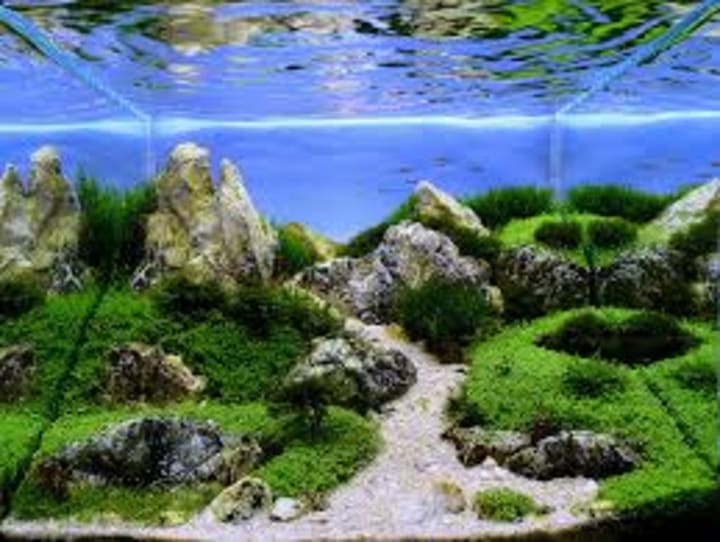
Iwagumi design is characterized by harmony and unity with simplicity and harmony, so it is important to maintain a minimalist feel when you add fish to your tank.
The purpose of the fish is to enhance the peaceful and fluid feeling of the aquascape through their fluid movements. Avoid using many different types of fish as their behavior tends to disrupt harmony by acting individually, often apart from the school. Common types of fish used are triangular fish, red head squirrel fish, brocade fish,... because they are small in size and move in schools.
6. Plants and Fish in Iwagumi style
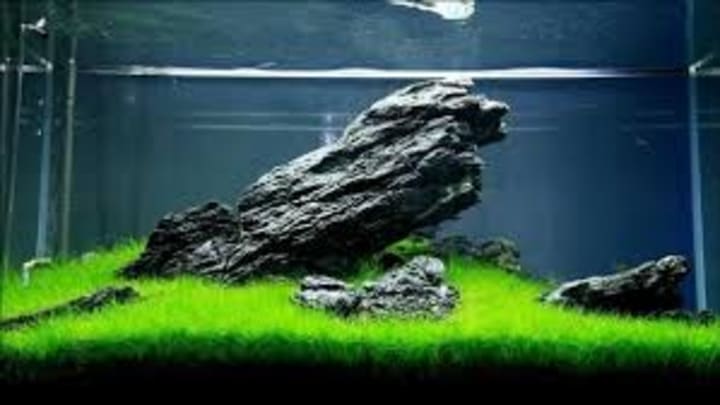
Plants in the Iwagumi style are limited in an effort to maintain a balance of simplicity with the composition of the stone. However, in this style, vegetation is mainly used. Japanese pearls, fried tau mao, and Cuban pearls are some of the popular choices used in iwagumi style.
Adding fish to your aquarium will bring harmony to the design. Popular fish species kept in this style include: neon fish, triangle fish, red-headed squirrel fish, etc. Avoid keeping fish species according to your preferences as it will lose the balance in the aquatic arrangement.
Plants should be decorated with Iwagumi
Usually, the plants suitable for Iwagumi style are small and low so as not to obscure the rocks but still support the layout of the pond well.
Foreground plants such as Japanese Pearl, Pearl Pearl, and Cuban Pearl are very impressive when combined with Iwagumi design. In addition, you can use fried foxglove, paper grass, pennywort, which are also suitable for this layout. Foreground and background types should also only include a single type of plant depending on the decorator's eye and style.
7. Challenges in Iwagumi Aquatic Landscaping
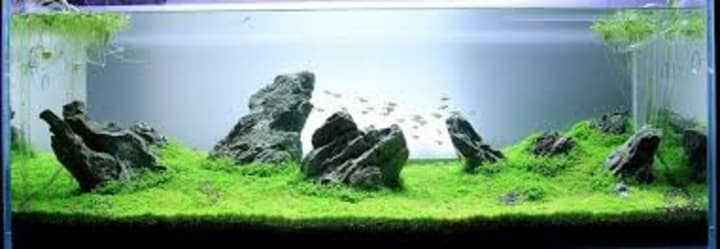
The Iwagumi style may look easier to do than other aquatic styles, however it is quite difficult to maintain. For example, limited plant choices make sustainable growth more difficult. Plants used in Iwagumi are often deep-rooted plants, making the system between substrate and water filtration a difficult choice for aquarists. In addition, the aquatic layout is susceptible to algae forming at any time during play, requiring the use of aquatic SCISSORS for regular trimming.
8. Things to note when decorating a pond in Iwagumi style
Among all the aquascape styles, the Iwagumi aquascape looks easier to implement because of its simple style, but the truth is that this type of aquascape is more difficult to maintain and maintain than other types of aquascaping.
Limitations in the field of plants make the growing process even more difficult for aquatic growers. The plants used when growing aquatic plants in an Iwagumi aquarium are heavily rooted plants, making the choice of substrate delicate and the choice of water filtration more meticulous.
Iwagumi not only requires a lot of experience in choosing plants and layout, but this type of design itself is also prone to forming harmful algae in the lake.
Ken hopes that this article will help you gain more knowledge to design a unique aquarium with Iwagumi style for yourself!
9. Conclude
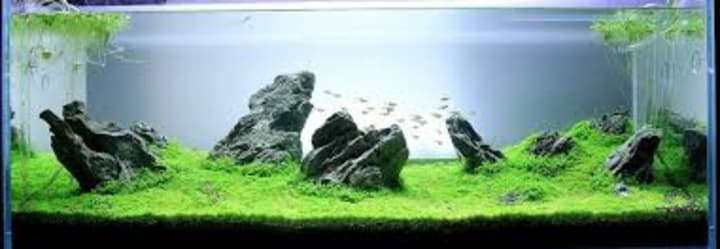
The Iwagumi style is considered one of the most popular aquatic styles and it represents sophistication and beauty in the decorative aquatic art form. Although the design may take some time to complete, the end result will leave you satisfied. Embodying Japanese principles of simplicity and spirituality, the Iwagumi style is an aquascape worthy of your aquascaping experience.
About the Creator
Ken aquariums
Telling stories my heart needs to tell <3 life is a journey, not a competition
If you like what you read, feel free to leave a tip,I would love some feedback
https://www.pinterest.com/Ken_Aquariums
https://s.shopee.vn/1B0pL9ZA9m
Enjoyed the story? Support the Creator.
Subscribe for free to receive all their stories in your feed. You could also pledge your support or give them a one-off tip, letting them know you appreciate their work.

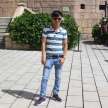
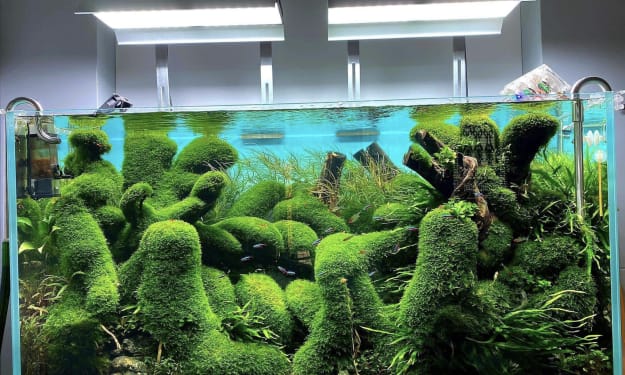

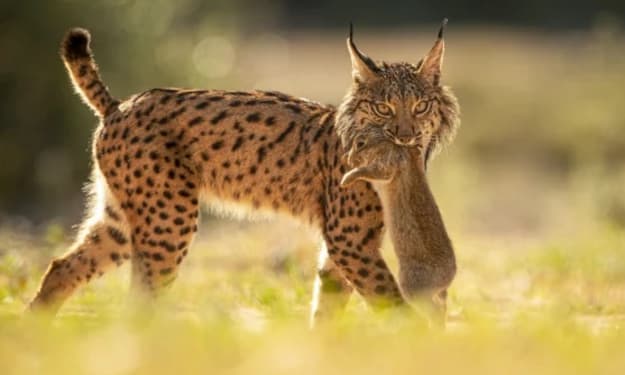

Comments (1)
Very inspiring read, thanks for sharing. Please develop it further so I can have more of this interesting knowledge